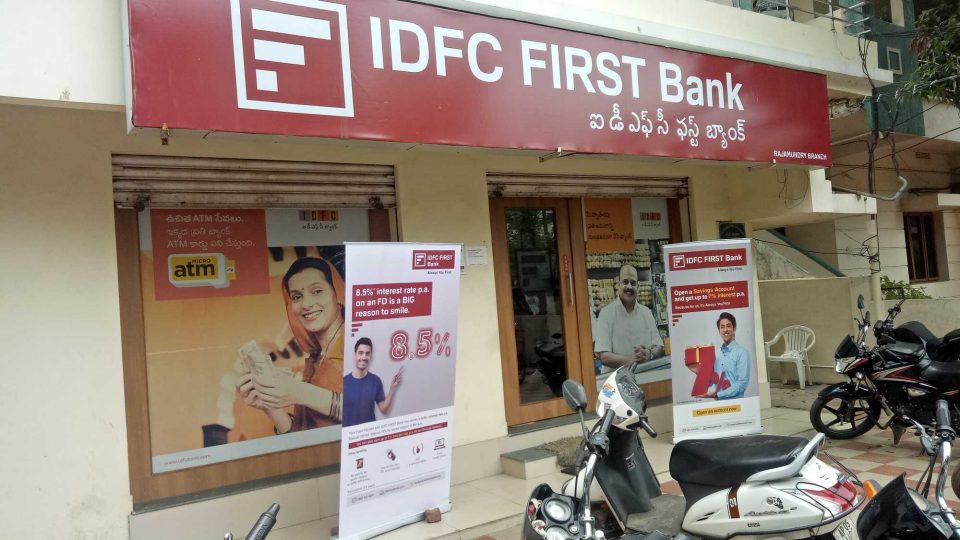IDFC First Bank Ltd’s March quarter performance was a mixed bag. The lender came through on investors’ expectations on the growth front as it continued to shed its legacy troubled infrastructure loans, while increasing the retail portion of the portfolio. The lender’s overall loan book grew by 10 per cent year-on-year led by 26 per cent growth in retail loans. The corporate loan book continued to shrink and contracted 14 per cent for the March quarter. Another factor that works for the lender is its strengthening deposit franchise reflected in the steady growth of low-cost current and savings account deposits. Add a strong capital adequacy ratio to the mix and there seem to be enough factors to offset the pressure on asset quality. Perhaps this is one reason the lender’s transition to a retail bank has driven shares far higher than the pre-pandemic highs of 2020 despite worsening the second wave of the pandemic.
Will IDFC First Bank be able to keep its asset quality pressures, both legacy and emerging, under control?
The bank’s headline bad loan metrics do not show undue stress. To be sure, legacy infrastructure loans continue to be a bother. But the increasing share of more secure retail loans should resolve this issue to some extent in the coming quarters. Retail loans have risen to 67 per cent of the total loan book as of March. However, the lender is not immune to the second wave of the pandemic and the economic impact of the same. Indeed, the performance of the retail book, too, has come under pressure. Bad loans formed 4.01 per cent of the retail book, higher than 3.88 per cent in the December quarter. The bank ended up dipping into provisions set aside specifically for the pandemic’s risks to the extent of Rs2,100 crore. The lender’s provision coverage ratio of 53 per cent does not seem adequate to ward off risks that could arise from the pandemic, even though the bank has increased it dramatically from the previous quarters. Analysts believe that a combination of recovery and write-offs would increase the coverage ratio. “Basel disclosures indicate slippages rate of 6 per cent for FY21, which is on higher side compared with peers, although provision coverage is similar to mid-sized peers and should gradually be up on recovery and write-off,” wrote analysts at Prabhudas Lilladher Pvt. Ltd in a note.
IDFC First Bank has completed its transition from an infrastructure lender to a retail bank. But this transition comes with its own price, especially during a pandemic. While historically retail loans fare well on asset quality, the pandemic has meant that this segment too has begun to wobble. The lender would need to be cautious in growing this book. Meanwhile, its valuations have benefited from this transition with shares having outperformed the sector index. But today’s drop of more than 2 per cent perhaps shows that investors are taking note of asset quality pressures.
Stock covered in the news
 Live
Live

